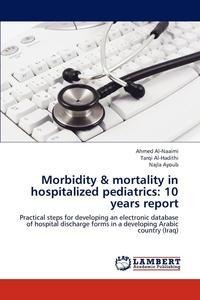
Liknande böcker
Radiofrequency Ablation of Liver - An Experimental Study : Heat shock protein expression and apoptosis in liver following Radio frequency Ablation - an experimental study
Bok av Rakesh Rai
Radio frequency ablation (RFA) has become the most commonly used ablative therapy for selected group of patients with liver tumors. To understand the effectiveness of RFA it is important to understand the mechanism of injury to the liver caused by RFA. There is no large animal model to study hepatocellular cancer. This book details the animal experiments carried out by the author in an attempt to create a porcine model of hepatocellular cancer. This book also details the discovery of "Transition zone" following ablation of liver tissue. This zone lies beyond the zone of cell necrosis and can not be identified by the usual histological techniques. Transition zone lies between necrotic liver tissue and normal liver parenchyma in lesion produced by RFA. This zone has cells showing apoptosis and increased expression of Heat Shock Protein (HSP) suggestive of cellular injury which will eventually lead to cell death. Further research to find techniques to increase the size of "Transition zone" may help in ablating larger areas of liver tumors.







